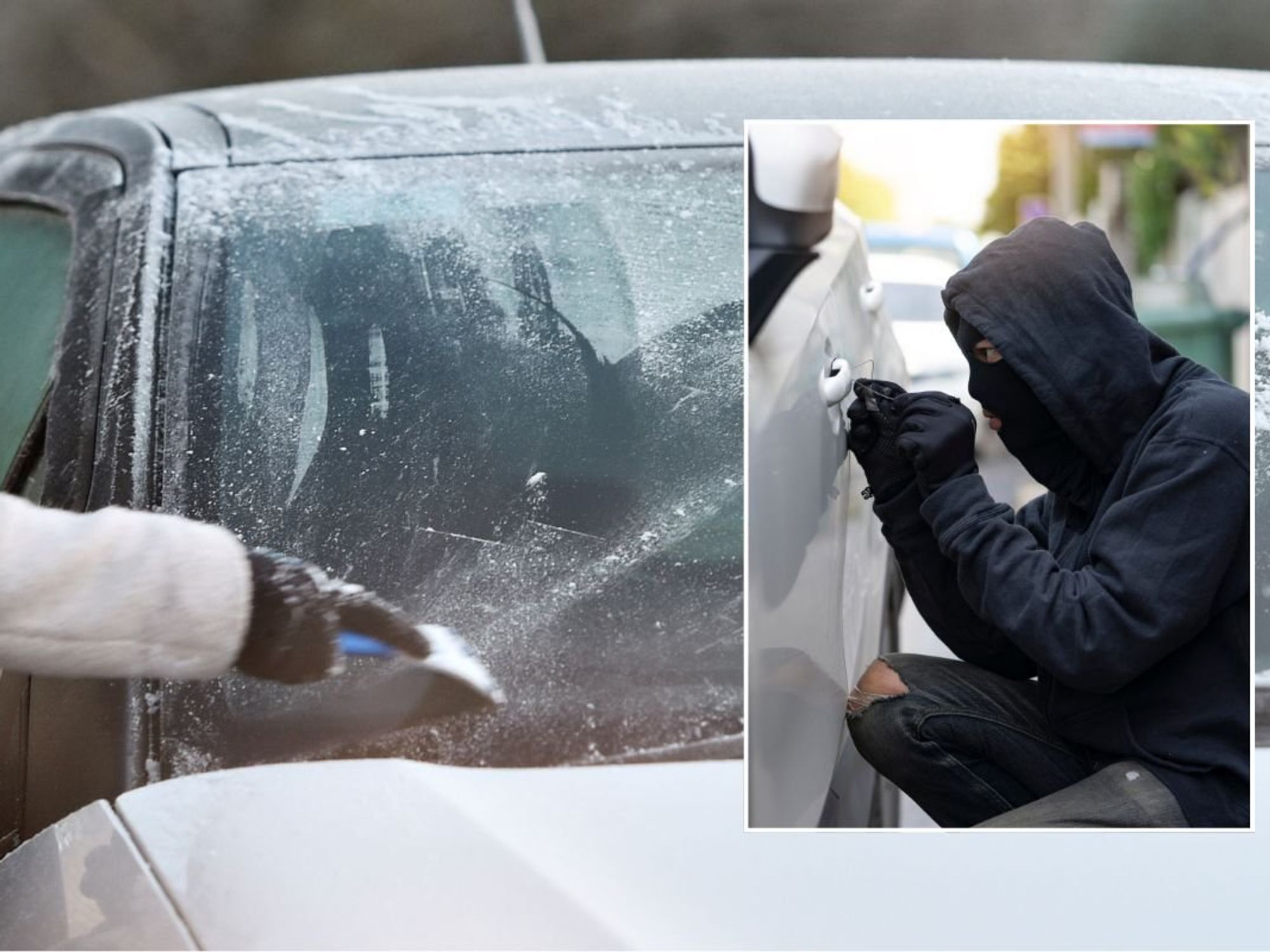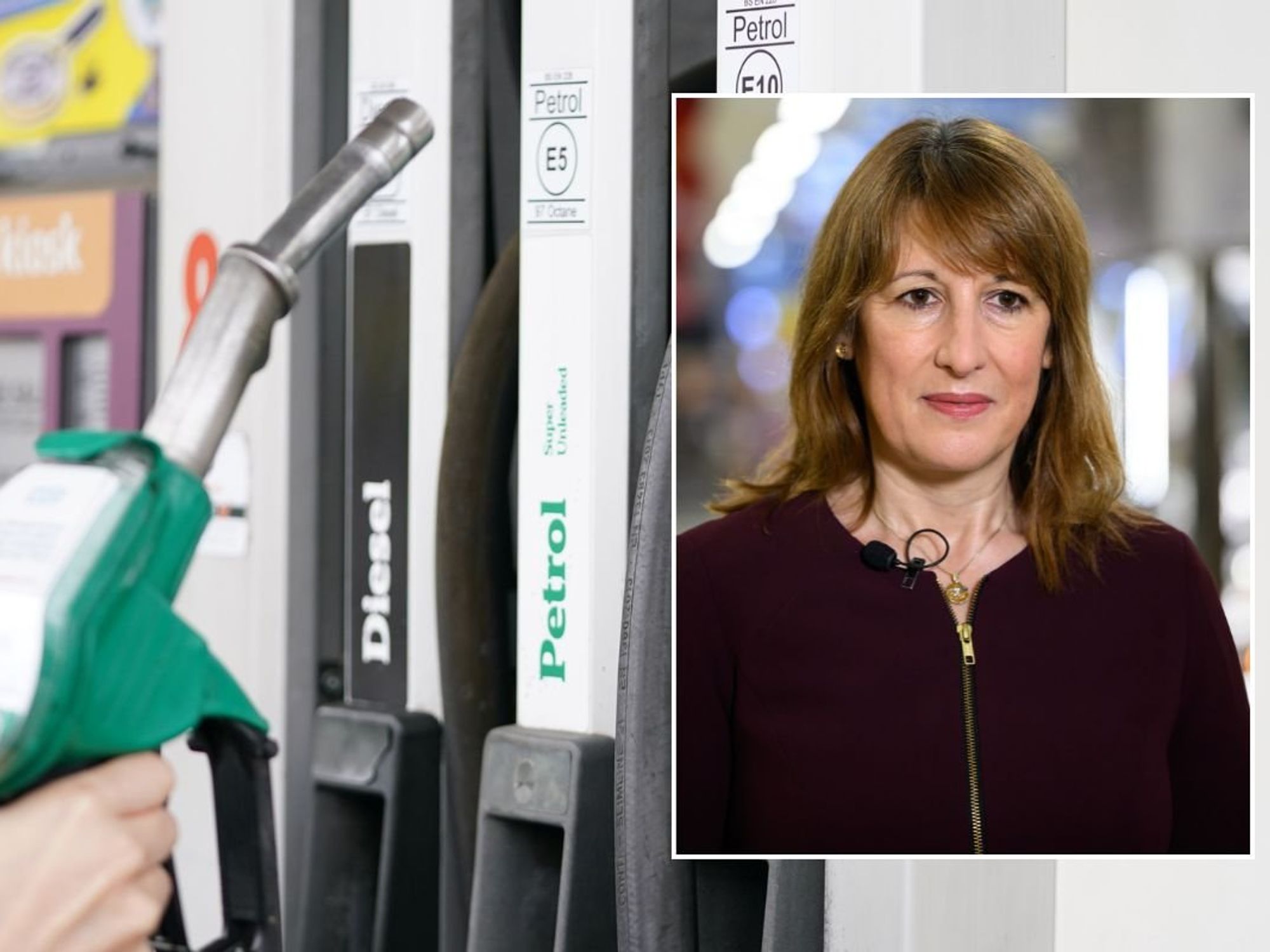DVSA changes launching soon will impact millions of drivers - 'Difference between life and death'

The new questions are expected to be included in the theory test by early 2026
Don't Miss
Most Read
Latest
Experts have come out in support of the DVSA's decision to make changes to the theory test to boost road safety and lessen the pressure on the NHS.
Earlier this week, the Driver and Vehicle Standards Agency (DVSA) announced that it would be adding questions about Cardiopulmonary Resuscitation (CPR) and how to use defibrillators to theory tests.
The changes, which are set to be introduced in early 2026, are part of a wider partnership to raise awareness for life-saving skills.
**ARE YOU READING THIS ON OUR APP? DOWNLOAD NOW FOR THE BEST GB NEWS EXPERIENCE**
Learner drivers are being encouraged to educate themselves on the skills before they are added to the car and motorcycle theory tests next year.
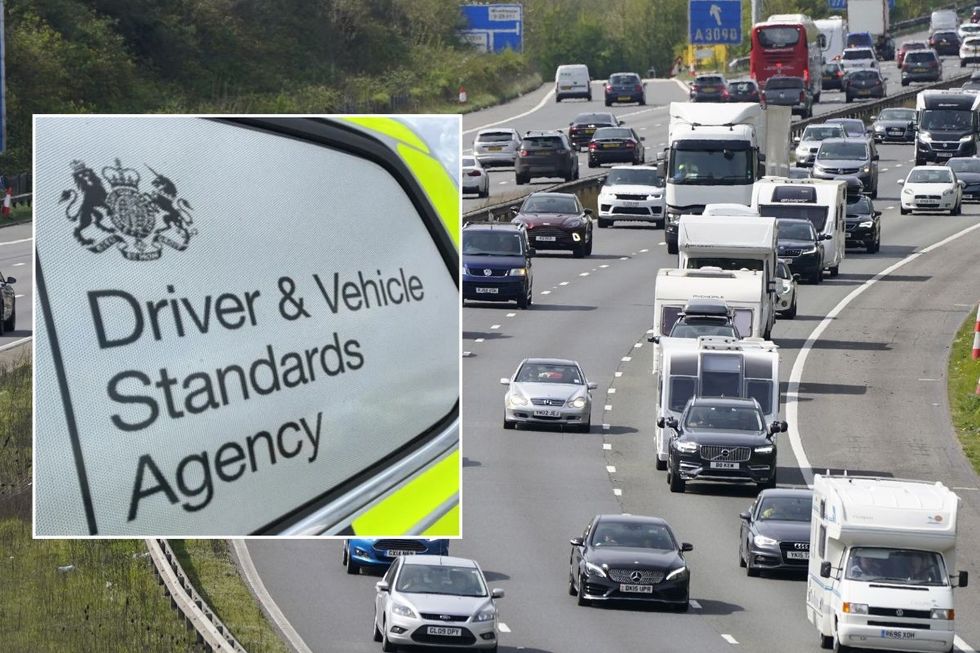
The DVSA changes to theory tests have been supported by road safety experts
|DVSA/GETTY
With 2.4 million people taking a theory test every year, the DVSA hopes the increased knowledge will equip scores of people with vital emergency skills.
As part of the new changes, the DVSA is partnering with the Save a Life programmes in Wales, Scotland and Northern Ireland and the Resuscitation Council UK.
Ben Welham, motoring expert at cinch, said it was "great" to see the DVSA introduce questions on CPR and defibrillators to the car and motorcycle theory test.
He noted that drivers are often first on the scene of an accident, regardless of where the incident is, including at roadsides, car parks or at a service station.
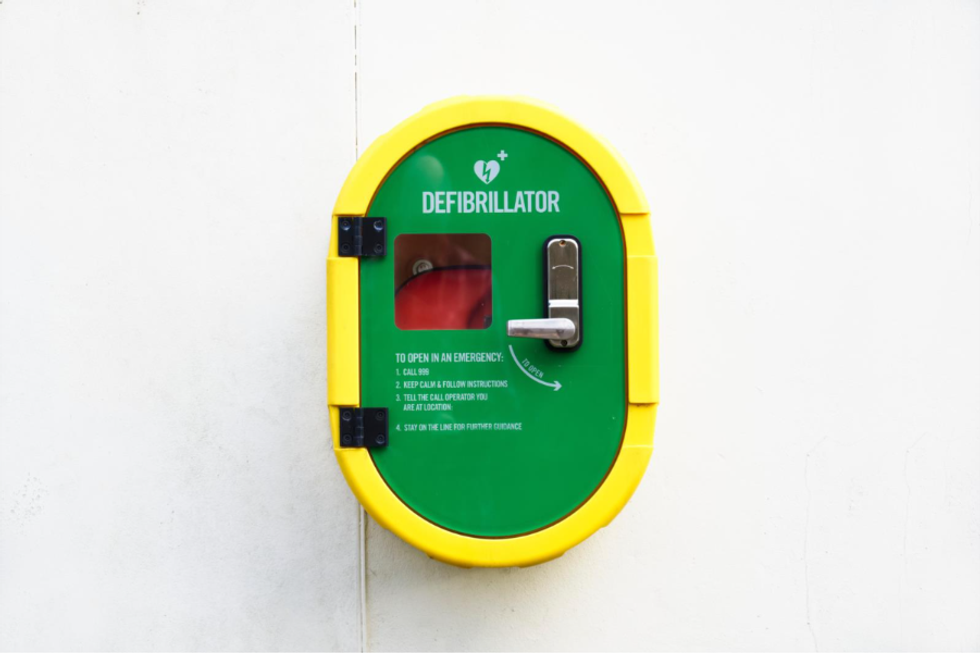 The DVSA have unveiled the new theory test changes to reduce the burden on the NHS | DVSA
The DVSA have unveiled the new theory test changes to reduce the burden on the NHS | DVSAIf it takes time for emergency services to arrive at the scene, drivers will now have the "confidence to step in" with the new DVSA theory test changes.
The expert added: "Public defibrillators are now a common sight in these places, and national schemes like The Circuit make it quick and easy to find the nearest one.
"Knowing how to use them can be the difference between life and death, and this change means thousands of new drivers will begin their time on the road with those skills."
Data suggests that more than 40,000 people suffer a heart attack every year away from a hospital, with less than one in 10 of those surviving.
LATEST DEVELOPMENTS:
- Labour branded 'disgraceful' over failure to launch driving licence changes despite targeting older motorists
- Britons forced off roads as popular car brand extends 'stop-drive' recall over exploding airbags - Are you at risk?
- Driver of 'runaway' electric Jaguar in court on fraud charges after 100mph motorway police incident
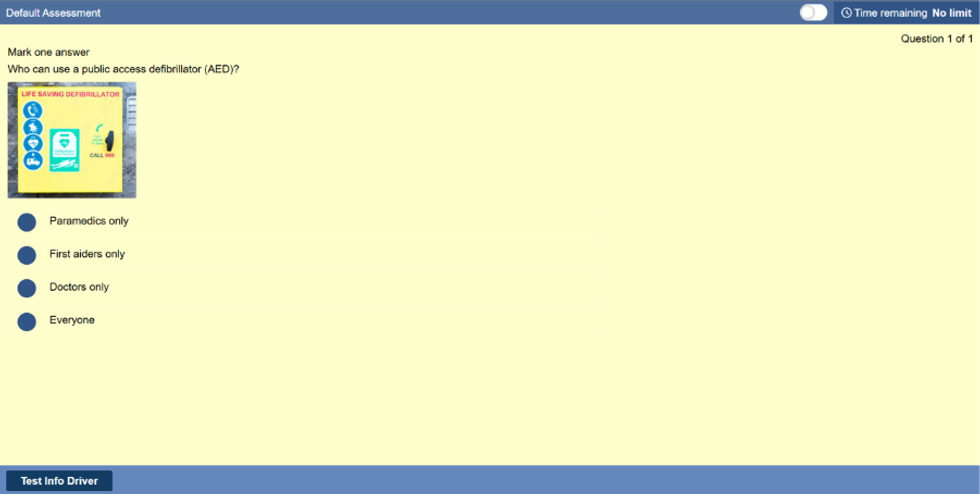 An example question on defibrillators in a theory test | DVSA
An example question on defibrillators in a theory test | DVSAHowever, if the patient is given CPR and a defibrillator is used within three to five minutes of them collapsing, survival rates can soar to 70 per cent.
Mark Winn, chief driving examiner at the DVSA, said it was a "very simple skill", adding that the DVSA was doing "great" work to raise awareness of the issue.
As part of the update, official learning materials have already been updated to give learner drivers time to educate themselves about the new features.
While updates to motorcycle publications will come in the coming months, The Official DVSA Guide to Driving – the essential skills and The Official DVSA Guide to the Theory Test for Car Drivers reflect the changes.
It comes as the Government is planning to launch a new road safety strategy in the coming months, which could involve cracking down on existing driving laws.
One of the most controversial measures put forward includes banning drivers over the age of 70 if they fail an eyesight test, following a number of high-profile incidents.
There have been several events involving an elderly motorist hitting and killing pedestrians, despite not meeting minimum eyesight requirements.
Other measures could see the Government introduce lower drink and drug driving standards, since England, Scotland and Wales have some of the highest limits in Europe.







